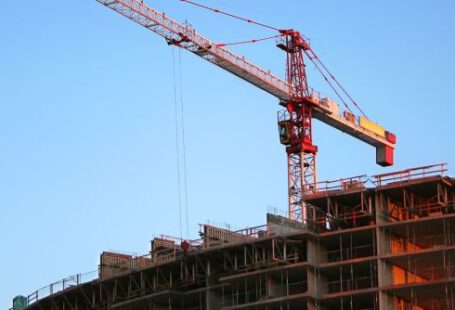The construction industry is facing a rapidly changing landscape, and the need to keep workers up-to-date with the latest equipment and techniques is becoming increasingly important. Augmented reality (AR) provides a unique opportunity for construction companies to train their operators in a cost-effective and engaging way. In this article, we’ll look at the potential of AR in training operators of construction equipment.
What Is Augmented Reality?
Augmented reality (AR) is a technology that combines virtual reality with the physical world. It is used to create a simulated environment where users can interact with the real world through computer-generated images, videos, and audio. This technology has the potential to revolutionize the training and education of operators of construction equipment.
Benefits of Augmented Reality in Training Operators of Construction Equipment
There are many benefits to using augmented reality in the training of operators of construction equipment. AR can provide an immersive experience for operators, allowing them to learn and practice in a realistic environment without the need to travel to a physical site. This can reduce costs and time for the company, as well as providing a more engaging and enjoyable experience for the operator.
AR can also be used in a more interactive way than traditional training methods, as it can be used to simulate real-life scenarios. This can help operators gain a better understanding of the equipment and its functions, as well as how to handle different situations. In addition, AR can be used to provide feedback and guidance to operators, allowing them to learn more quickly and effectively.
Practical Applications of Augmented Reality in Training Operators of Construction Equipment
One of the most practical applications of AR in the training of operators of construction equipment is the use of interactive 3D models. Using 3D models, operators can learn about the operation of the equipment, including how to manipulate the controls, adjust settings, and observe the results of their actions. This is particularly useful for operators who are unfamiliar with the equipment, as it allows them to become familiar with the controls before using the equipment in a real-life setting.
Another practical application of AR in the training of operators of construction equipment is the use of augmented reality simulations. Simulations can be used to replicate real-life scenarios, such as operating in hazardous environments, and can provide operators with an understanding of how to handle different situations. Additionally, simulations can be used to test the operator’s knowledge and skills, allowing the company to assess their competency.
Conclusion
Augmented reality has the potential to revolutionize the training of operators of construction equipment. By providing an immersive and interactive environment for operators to learn and practice, AR can reduce costs and time for the company while providing a more engaging and enjoyable experience for the operator. Additionally, AR can be used in a practical way to simulate real-life scenarios and to provide feedback and guidance to operators. By utilizing AR in the training of operators of construction equipment, companies can ensure that their operators are prepared to handle different situations and are capable of operating the equipment safely and efficiently.






